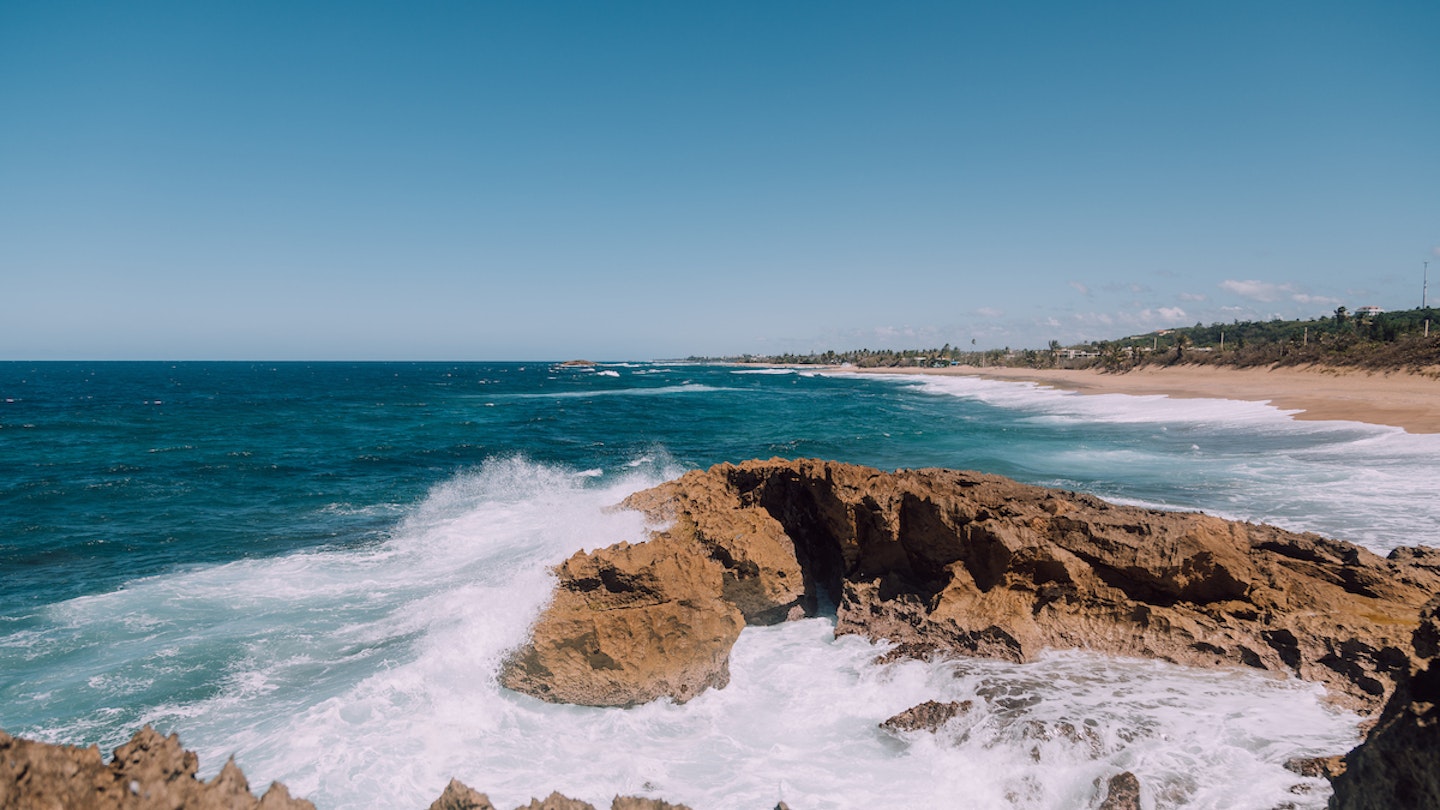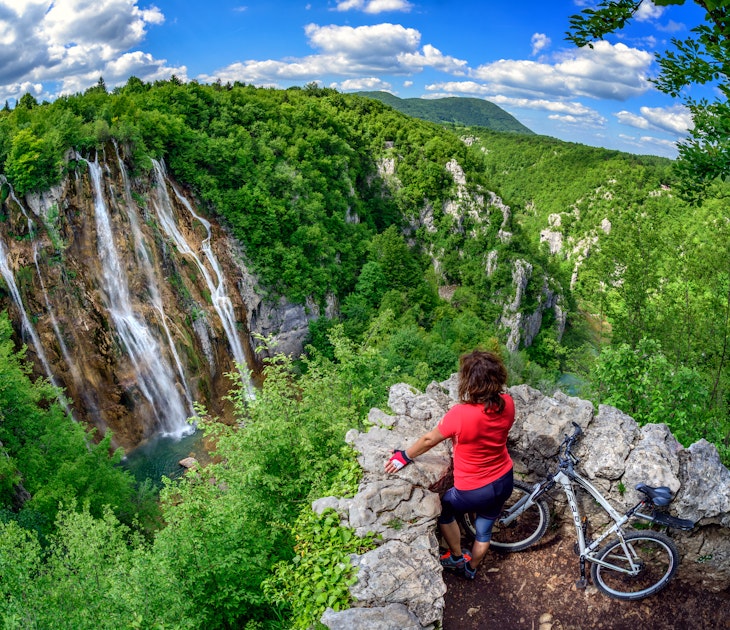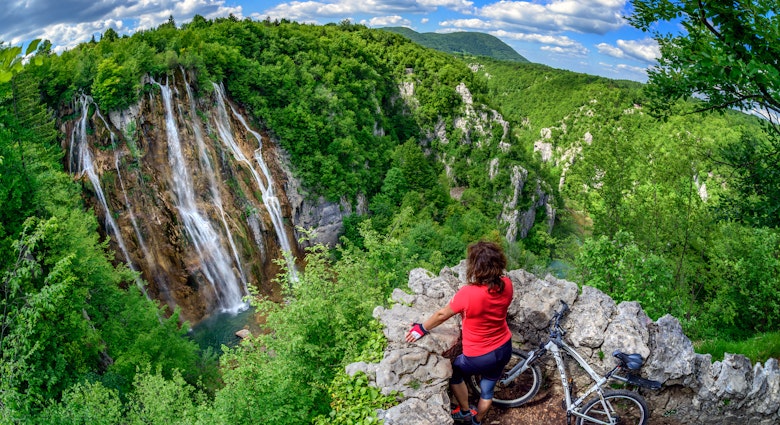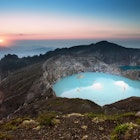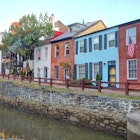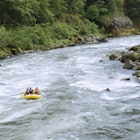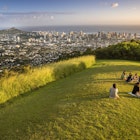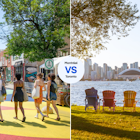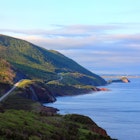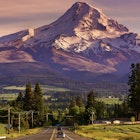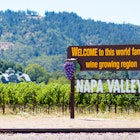It’s hard to escape the allure of Puerto Rico's natural beauty. With its wealth of breathtaking landscapes, lush forests, misty mountains, and stunning waterfalls, there’s no shortage of heart-stirring adventures for nature lovers. From bioluminescent bays that light up the night to seaside caves, the Island’s natural wonders will leave you in awe of its splendor.
Whether you are an adventure seeker or want to bask in the beauty of nature, Puerto Rico's top natural wonders will captivate and inspire you. Get ready to immerse yourself in a world of wondrous beauty and experience the Island's rich and diverse ecosystems.

Explore the waterfalls at El Yunque National Forest
El Yunque National Forest is the only subtropical rainforest in the United States National Forest System and is home to a diverse range of flora, fauna, and waterfalls. Visitors can hike many scenic and well-marked trails and stop to admire the towering trees, vibrant flowers, and rushing streams.
As you enter the park, don’t miss La Coca Falls, just off Road PR-191, right after the entrance checkpoint. The 85-foot drop is impressive, making this a great place to stop for a photo. For a more hands-on experience, head to Juan Diego Creek, where a short trail winds through the forest along smaller waterfalls and pools. You’ll be rewarded with a 20-foot cascading waterfall, whose shallow pool allows you to swim right up to the fall.
Note: You need a prior reservation to visit El Yunque. You can book a timed ticket at Recreation.gov, but act early – tickets go fast. Reservations are per vehicle, not per person, and shared-ride vehicles like Uber or Taxis are not allowed inside the park. No reservations? No worries. Ask the park ranger to point you towards open trails like Puente Roto or the Angelito trail.
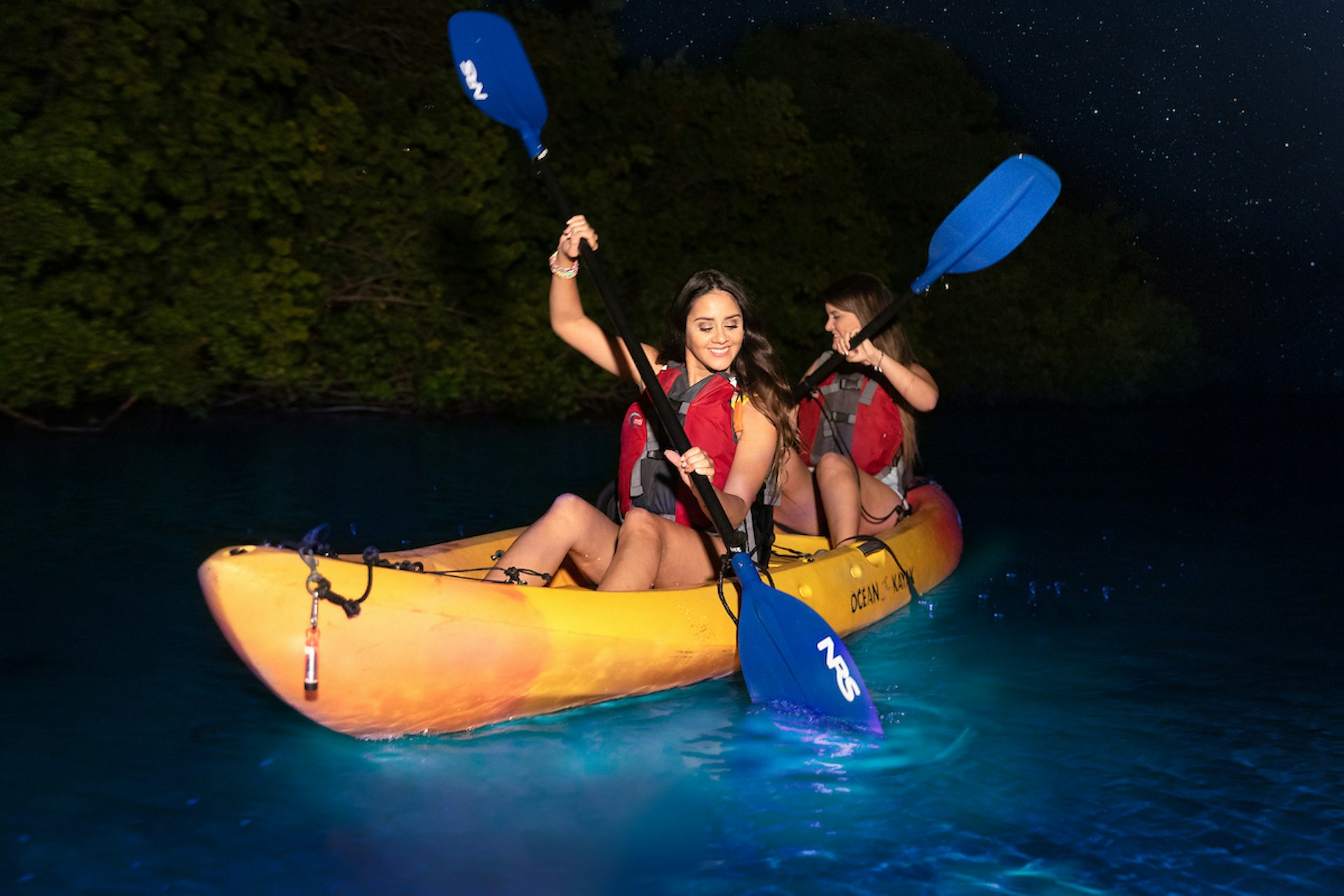
Marvel at the glow-in-the-dark biobays
Puerto Rico is home to three of the world’s best-known bioluminescent bays: Mosquito Bay in Vieques, La Parguera in Lajas, and Laguna Grande in Fajardo. The bio bays are filled with tiny microorganisms called dinoflagellates. When disturbed, the “dinos” emit a bright blue-green light, creating a magical, otherworldly glow that can be seen when kayaking, boating, or simply splashing in the water. Plan your trip carefully; the best time to see the bioluminescence is during a new moon when the sky and water are darkest.
@lonelyplanet When it comes to natural wonders, Puerto Rico “feels alive,” says local adventurer Emilio ☀️ @discoverpuertorico
♬ original sound - Lonely Planet
The brightest of the three is Mosquito Bay, but you will need to spend the night on Vieques to get there. The road is unpaved and can be challenging to navigate at night, so it’s best to book a tour. Operators like Taino Aqua Adventures offer transparent kayaks, which make the experience even more magical.
The second brightest is La Parguera, where booking a boat tour is necessary, as kayaking isn’t allowed. Natural Wonders can take you there directly from San Juan, or you can book a tour directly from Lajas. Last but not least is Laguna Grande, where you can venture on your own via paddleboard or kayak – but be advised, it’s a 3-mile roundtrip paddle to the bay.
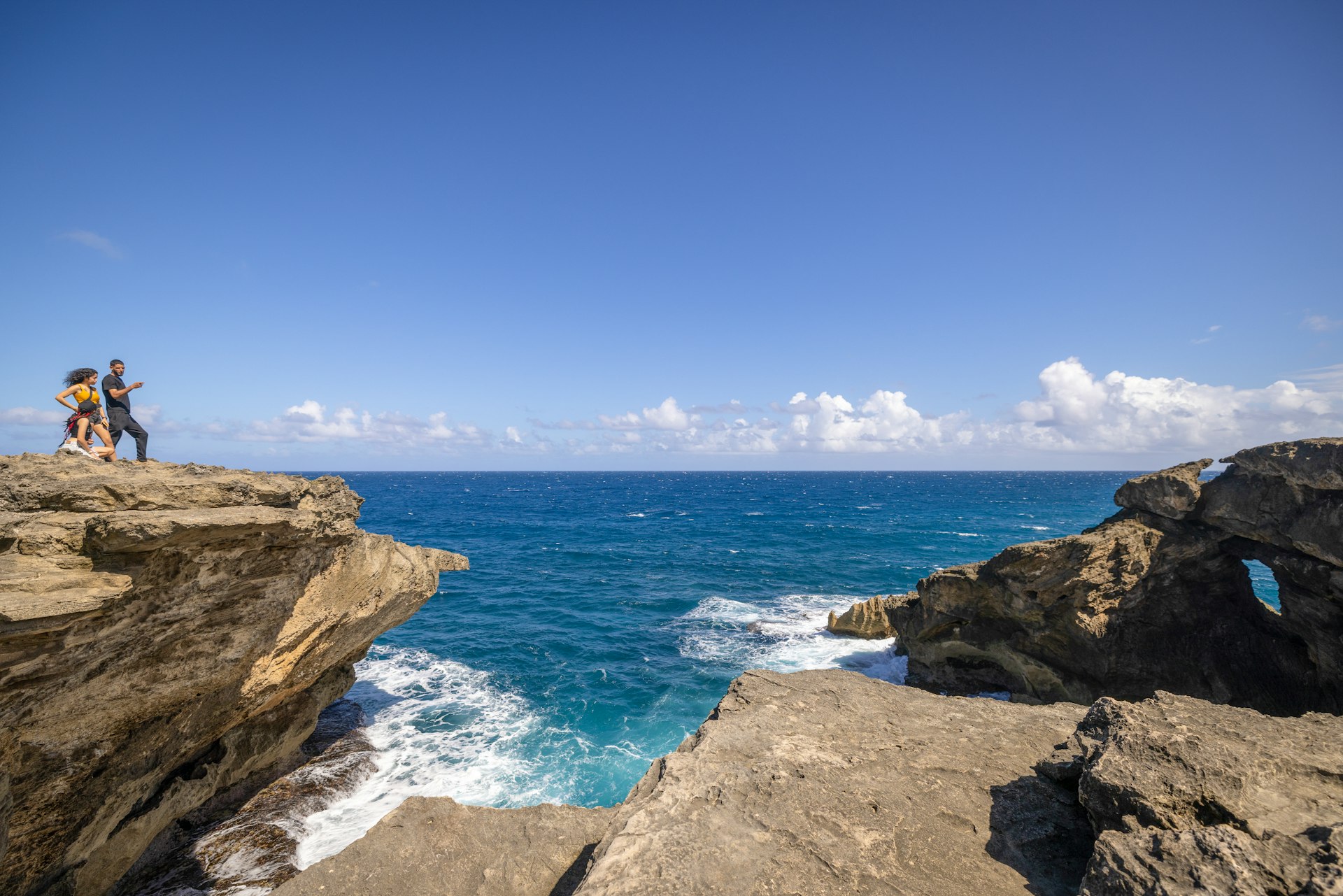
Take in the views at Cueva del Indio in Arecibo
It’s all about the views at Cueva del Indio, a cave on the sea’s edge on Puerto Rico’s rugged north coast. The site was once used by the Taínos (the original inhabitants of Puerto Rico), and ancient petroglyphs that predate Columbus’ arrival in 1493 can still be found here.
Although you can no longer climb into the cave (and we don’t recommend you try), you can still admire its impressive entrance, towering rocks, and mighty blowhole. The intricate rock formations were formed by erosion over thousands of years, and you can explore all the arches, eyes, and even a natural bridge as you walk around. Just wear appropriate footwear, as the exposed limestone can be sharp and rough.

Hike down the deepest canyon in Puerto Rico
Cañón San Cristóbal is the deepest canyon in the Antilles, reaching up to 750 feet in depth. It’s a haven for experienced outdoor enthusiasts who enjoy challenging hikes across lush trails, sheer rock walls, and rushing streams and waterfalls. A river runs through the bottom, forming scenic waterfalls and refreshing pools for hikers like El Juicio (The Judge), a stunning cascade 250 feet tall.
The descent and ascent are physically demanding and best accomplished with a local guide on an organized tour. Go Hiking Puerto Rico runs both basic hiking tours and more heart-pumping tours with rappelling and rock climbing. Another recommended operator is Para La Naturaleza, the nonprofit unit of the Puerto Rico Conservation Trust, which owns the land and is responsible for its maintenance and conservation.

Family- friendly falls at Gozalandia in San Sebastián
Gozalandia is one of the most popular waterfalls on the Island, especially for families with children or people with limited mobility, as access to the falls is fairly easy. From the paid parking area, it’s only a five-minute walk down a well-maintained trail to the first falls. You can swim right up to the falls – towering at about 60 feet.
Continue on the trail past the first falls for about 10 minutes and you’ll arrive at the upper falls. They’re usually less crowded, but both sets of falls tend to get busy on hot days, so best to come early to avoid crowds.

Experience Playa Negra in Vieques
Playa Negra, also known as Black Sand Beach, is a picturesque beach located on the island municipality of Vieques. The unique black magnetic sand (bring a magnet to test it out!) is created from volcanic rock and gives the beach the distinct and visually striking appearance that sets it apart from other beaches in Puerto Rico.
From the roadside parking, it’s about a 10 to 15-minute walk down a well-worn dirt path. Although white at the beginning, the sand turns black as you walk towards the beach and contrasts strikingly against the golden cliffs and the blue waters.

Practical Tips
Sudden downpours are an everyday occurrence, so it’s safe to assume you’ll get caught in one at some point – be ready. If you go to a river or waterfall, everything will get wet, especially your shoes. Bring an extra pair in a dry bag. Flip-flops are only appropriate for the beach; everywhere else you’ll need sturdier footwear. Flash floods are real and can be quite dangerous, so be sure to check the weather for warnings. Finally, trash cans are rare at most of these locations, so be sure to bring your own trash bag and leave the place better than you found it.
